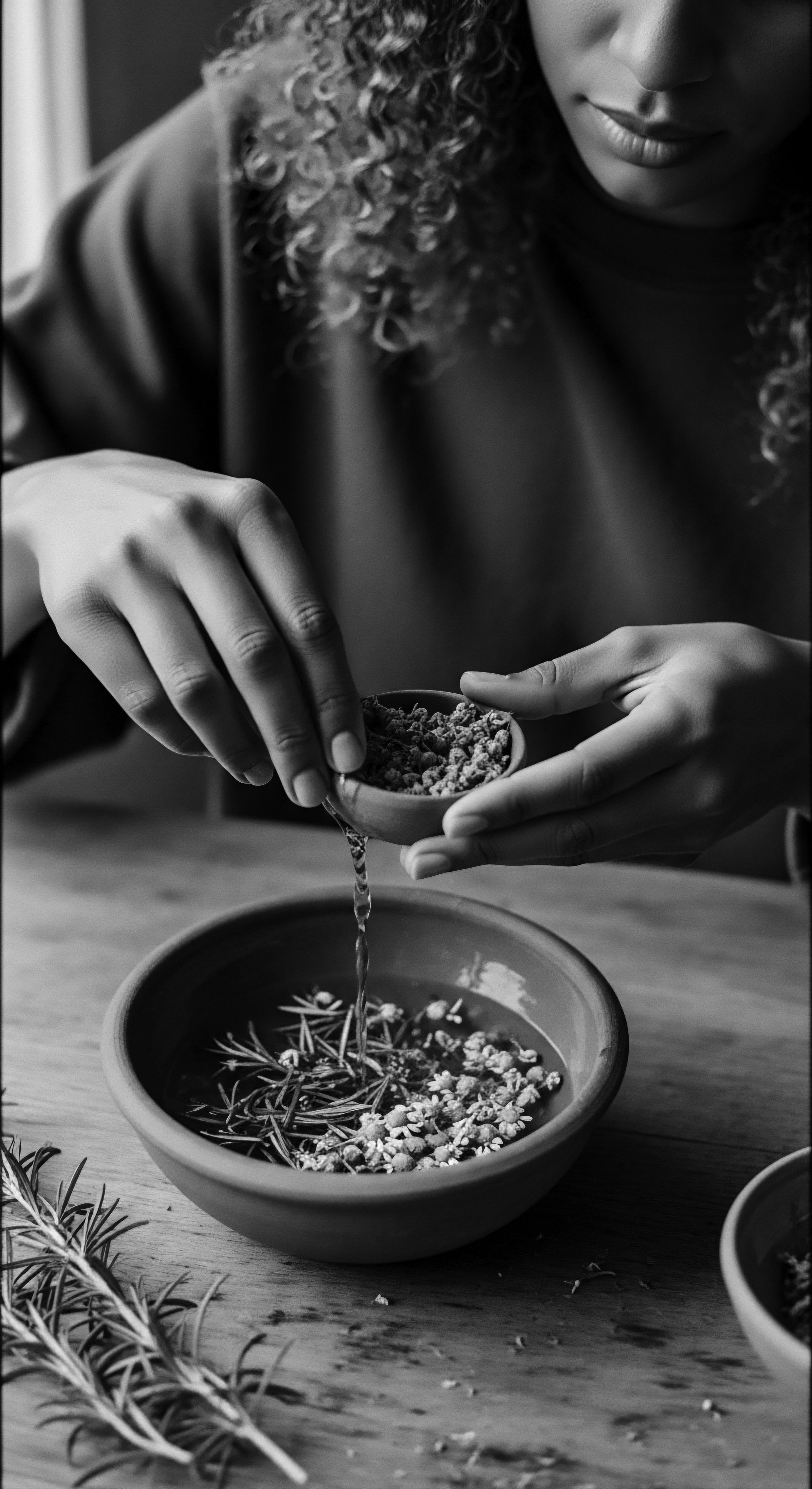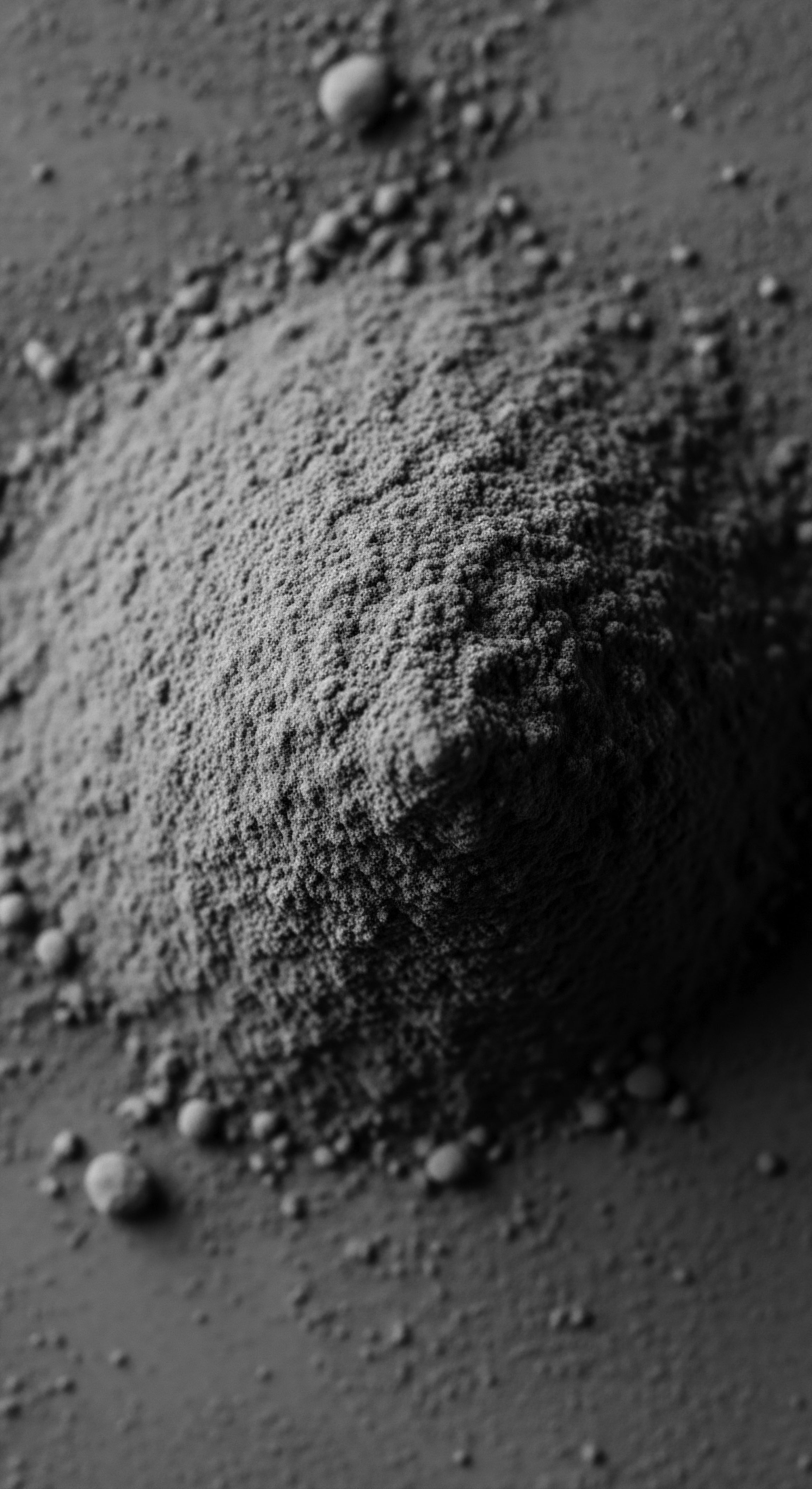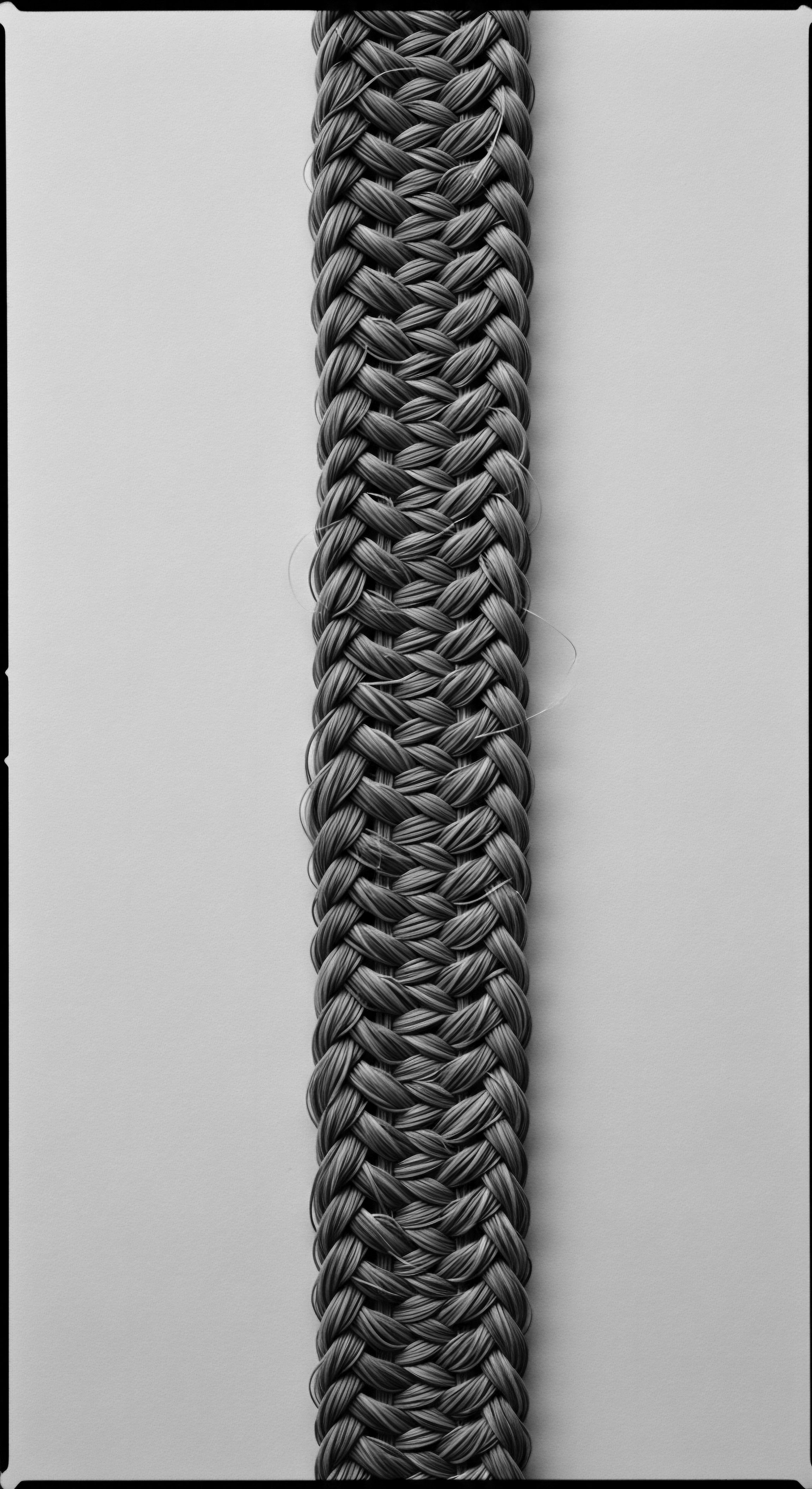
Why are acidic rinses vital for textured hair vitality?
Acidic rinses honor an ancestral understanding of hair's pH, sealing its surface for moisture and strength.

Can traditional acidic rinses benefit textured hair today?
Traditional acidic rinses, born from heritage, restore hair's natural pH, sealing cuticles for resilient textured strands today.

What natural compounds were central to ancient hair cleansing?
Ancient hair cleansing relied on natural compounds like saponin-rich plants, clays, and mild acids, honoring textured hair heritage.

